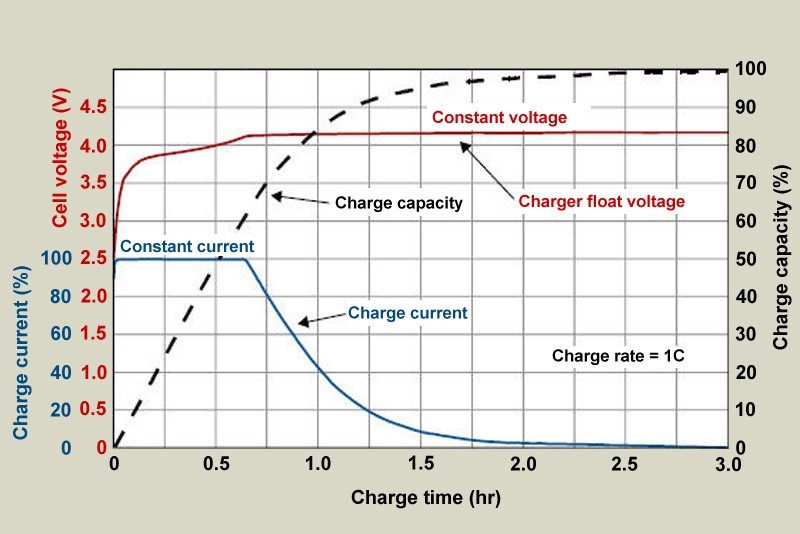Other Parts Discussed in Thread: LM5175, LMV431
Hi,
I'm using the LM5176 to design a CC-CV battery charger for a Li-ion battery. The battery ranges from 39V to 55V. The output of my AC-DC power supply is 48V DC. I have a couple of questions
- What will the CC-CV curve look like if I don't bias the FB or ISNS pins? Will the charge current taper as the battery voltage approaches 54V and enters C mode?
- I read a thread on using this part as a charger (https://e2e.ti.com/support/power-management/f/196/t/762488?tisearch=e2e-sitesearch&keymatch=Battery%20Charger%20(non-PE). It wasn't clear to me what the resolution was. Was the LM5176 breaking in some conditions and situations? And if so, what conditions caused this and what are the remedies?
Thanks,
Terence



